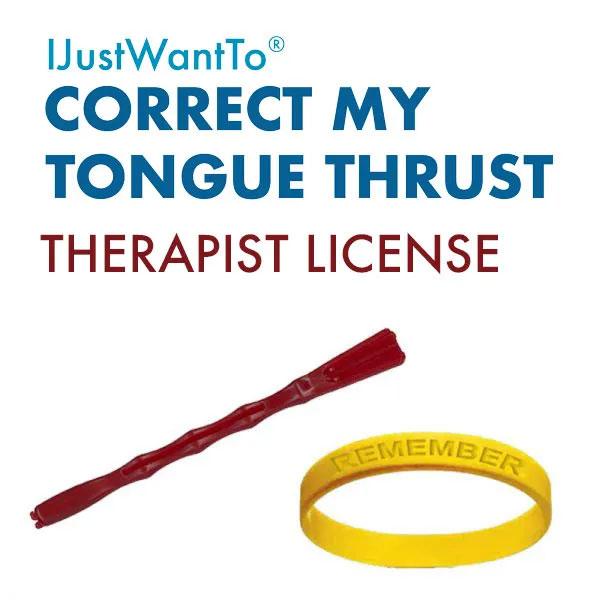All About Thumb Sucking
Thumb sucking is a natural reflex for babies and an entirely common habit among toddlers and young children. As our kids grow, putting objects and fingers into their mouth is a tactile way to explore and understand the world around them. When tired, scared, or sick, it is a familiar motion that can be comforting and calming, much like hugging a security blanket or favorite toy.
For most children, thumb sucking ceases on its own from as early as seven months to between the ages of two to four. If your child falls somewhere below the age of two, it likely isn’t of concern yet. For children approaching four years old, thumb sucking that is frequent and not when under heavy stress may cause trouble.
Why Is Thumb Sucking a Concern?
It may seem like a simple and innocuous habit, but thumb sucking can cause severe issues in the development of dental and facial structures. If your kid is still young, you don’t have to worry as much. Thumb sucking alone won’t cause a lasting dental condition until permanent teeth begin to erupt.
If the behavior continues past a healthy age or is severe, it may increase the likelihood of the following conditions through childhood and into adulthood:
- Tongue thrust
- A misaligned bite or an overbite
- Speech difficulties such as a lisp
- Palate Issues
- Early loss of baby teeth
While breaking the habit before developmental conditions occur is ideal, addressing it as soon as problems are detected can give medical issues time to self-correct before they are permanent.
Can Anything Be Done to Stop Thumb Sucking?
While thumb sucking isn’t considered genuinely problematic until the age of five, like all bad habits, it is easier to break before it is an ingrained behavior. When it comes to thumb-sucking, since stress is a factor that can increase its occurrence, it is recommended that corrective actions be geared more toward positive reinforcement than punishment.
Using favorable behavioral modification works in most cases without the need to resort to a mouth appliance. If you would like to try and help your child break out of the habit before it becomes an issue, here are a few ideas that can help.
- Replace this coping mechanism with an alternative (holding a blanket or toy) and reward them when they engage in the alternate behavior instead of sucking their thumb.
- Prevent thumb sucking at night by covering the hand or thumb.
- If your child is old enough to understand, communicate why it is a bad habit and get them involved directly in addressing the issue.
- Help manage stressful situations.
- Set attainable small goals to start and use gentle reminders for why they want to stop.
Like any habit, it takes time to break. You may need to stick to your behavioral plan for a few months before you see results. But, if your child doesn’t appear to be breaking away from the behavior or you notice changes to their bite and teeth alignment, speech, or breathing, it is time to schedule a visit to a dental professional for help.
Corrective Treatments for Tongue Thrust
We are all born with a tongue thrust, but generally grow out of it by the time we reach our first year. Since it is the act or habit of pushing the tongue against the teeth while swallowing or at rest, it is one of the most common conditions that can develop from excessive sucking of the thumb or other objects.
Tongue thrust in children can lead to a host of issues, including mouth breathing, dental problems, speech impediments, and fatigue. If your child has broken the habit of sucking on their thumb and is still displaying adverse complications, you may need to take some additional steps to retrain their tongue for proper swallowing and speech.
IJustWantTo® Correct My Tongue Thrust is a simple seven-week program created by Janet Bennett, M.Ed., CCC-SLP, a speech pathologist with over 35 years of experience. The goal is to help you retrain your tongue to rest correctly in your mouth with a few simple exercises every day, focusing on:
- Training the muscles necessary for a good swallow and correct resting posture
- Teaching the correct swallow and developing the correct swallow into a habit.
- Eliminating undesirable oral behaviors
While the program was developed to accommodate as many individuals as possible, the training needs a certain level of maturity and focus. It is generally not recommended for children before the age of seven or eight. But if you and your child both have the willpower, don’t let that stop you.
With proper attention, IJustWantTo® Correct My Tongue Thrust has shown results in children as young as four.
For more information on how our program of easy-to-follow exercises might help you or your child, check out our FAQ, or visit our store to get started today. Our program not only gives you the knowledge and tools needed to correct tongue thrust, but also access to our support site for help from the program's author.



